In the first part of this series we offered up four key ways that cities could help businesses begin to thrive once again, post-COVID. Here are four more ideas, based on trends and issues we’ve seen during the pandemic, for how cities can utilize zoning to improve their communities post-COVID.
1. Bring back the neighborhood store.
The whole panic buying thing was pretty fascinating to watch (I personally didn’t get involved in this and managed to survive with just a normal amount of toilet paper). It was equally fascinating to watch the smaller neighborhood stores thrive, offering a meaningful, and in many cases better-stocked, alternative to our local big-box grocery. And one that was available within walking or biking distance from your house. It probably doesn’t surprise you when I tell you that most current zoning doesn’t allow for neighborhood stores within existing residential neighborhoods.
Local grocery stores support Austin neighborhoods
2. Allow for expanded home-based businesses.
I am guessing a lot of people reading this article have been working at home for some time now. And in some places, this may be illegal. Cities need to modernize their rules for working from home. At the same time, they should consider expanding their rules to allow for more opportunities for residents to operate small businesses out of their homes, since more and more people will likely be doing this in the future. Consider allowing an outside employee or two, and remove the restrictions on activity in accessory structures such as garages (after all, some of our most famous large businesses were started in a garage!). Consider allowing buildings that were originally built for commercial purposes that are embedded in neighborhoods to once again be used to support local home-based businesses or to become neighborhood stores once again.
Neighborhood commercial buildings that could be brought back to life
3. Expand the ability to grow food and raise small animals.
Not sure this needs much more explanation. As we all saw at one point, a perceived food shortage freaked everybody out, creating significant food insecurity across the country. Many cities have outdated restrictions on whether you can grow vegetables in your front yard or raise a few chickens in your back yard. And often you cannot sell the fruits of your labor to those looking for fresh and safe alternatives to the local grocery store. Let those “Victory Gardens” grow!
Raising small animals in backyards helps ensure local food security
4. Require more open space – public and private.
If there is one thing I’ve learned through this entire ordeal, is that humans crave outdoor interaction (OK – I probably already knew this, but I think it’s become pretty apparent to everyone else at this point). We all need more open space in our lives – from neighborhood parks, to plazas, trails, greenways and rooftop gardens. Sure we will have to rethink how these public spaces are laid out and managed in the future – but zoning will need to a better job at requiring more functional and usable open space (both public and private) in the future, that much is certain.
Usable open space is a valuable community asset and should be required more in the future
We are on a roll here, stay tuned for Part 3 coming soon. In the mean time, if you have any thoughts please leave us a comment below!


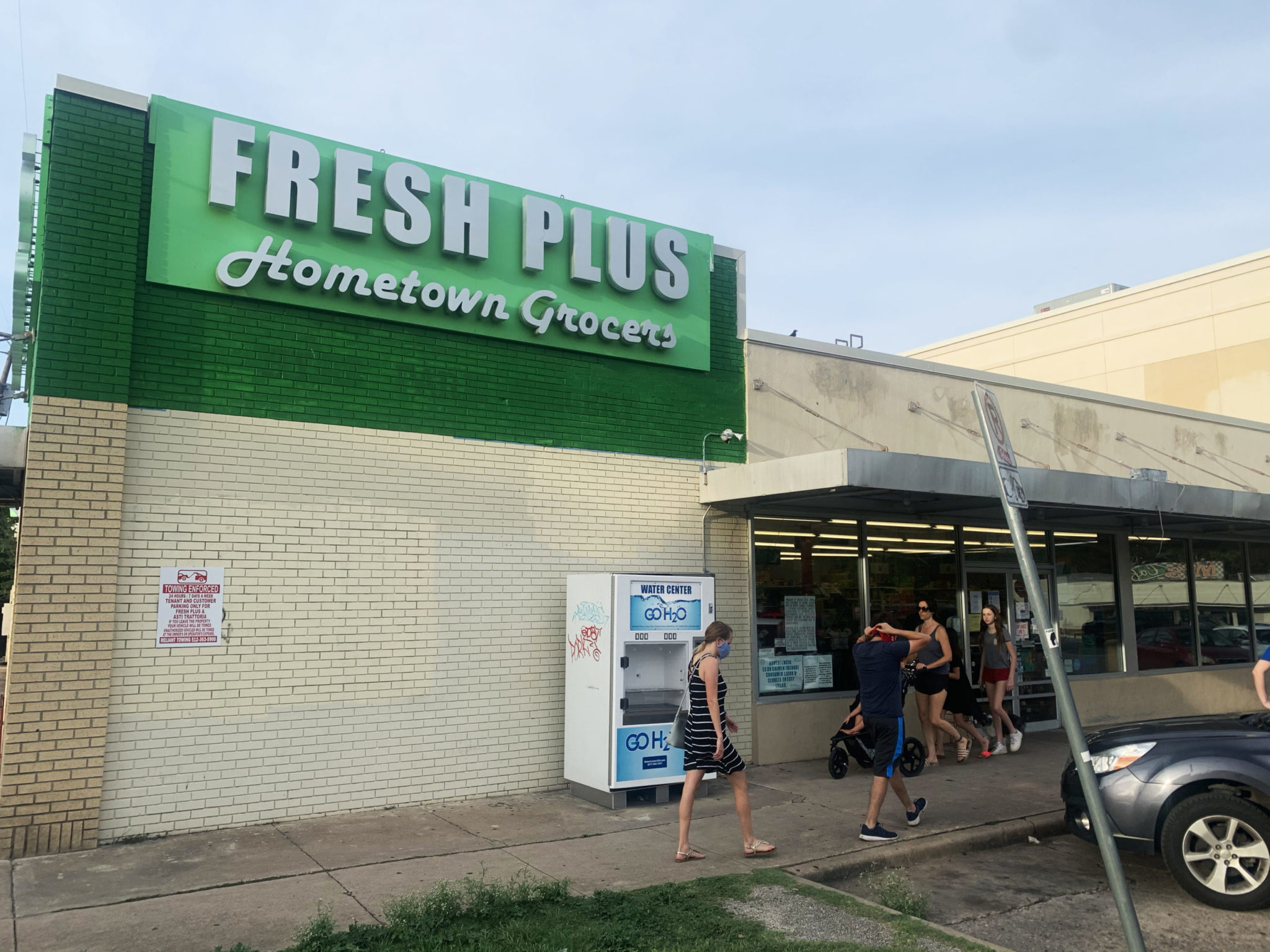
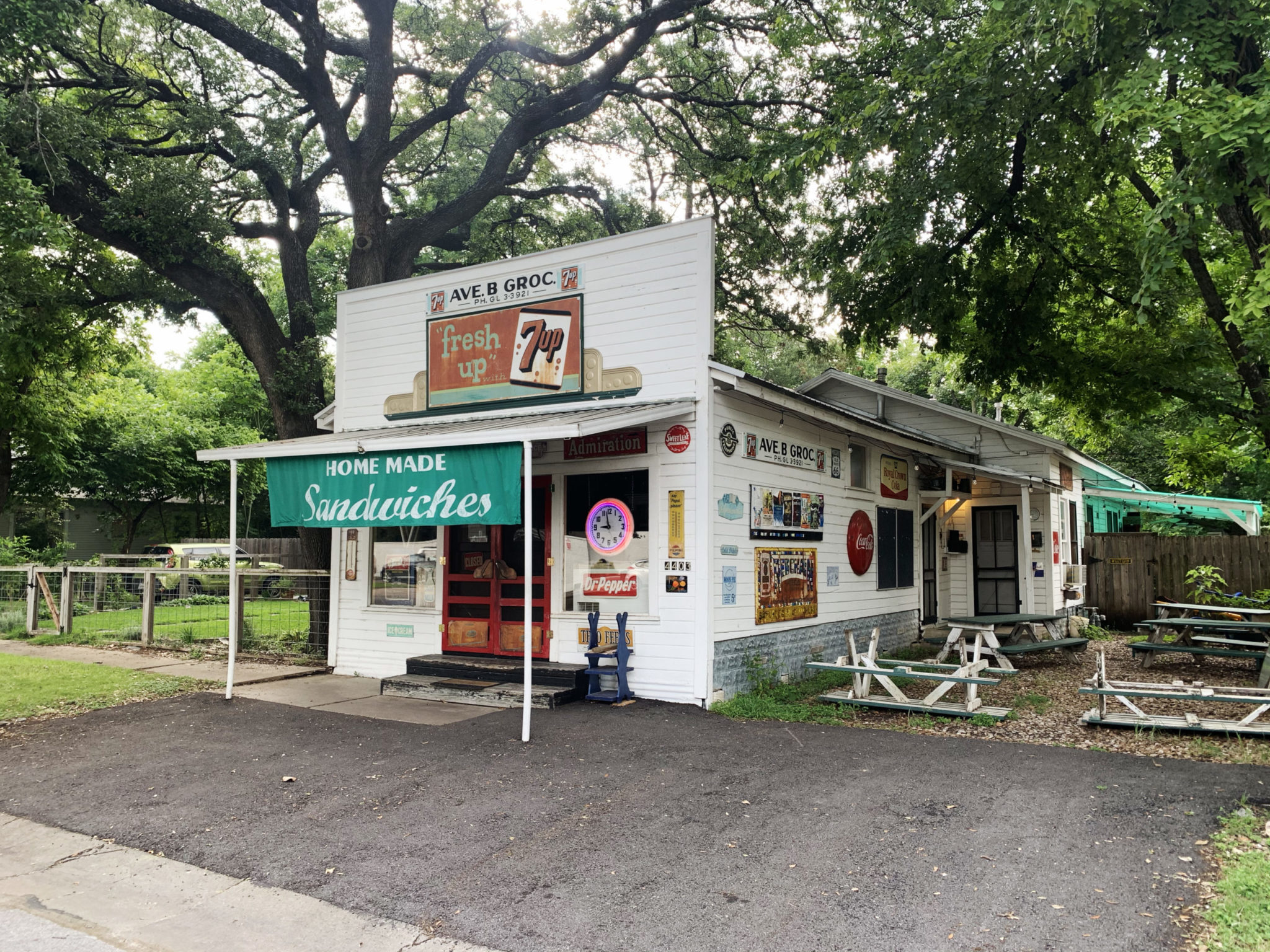
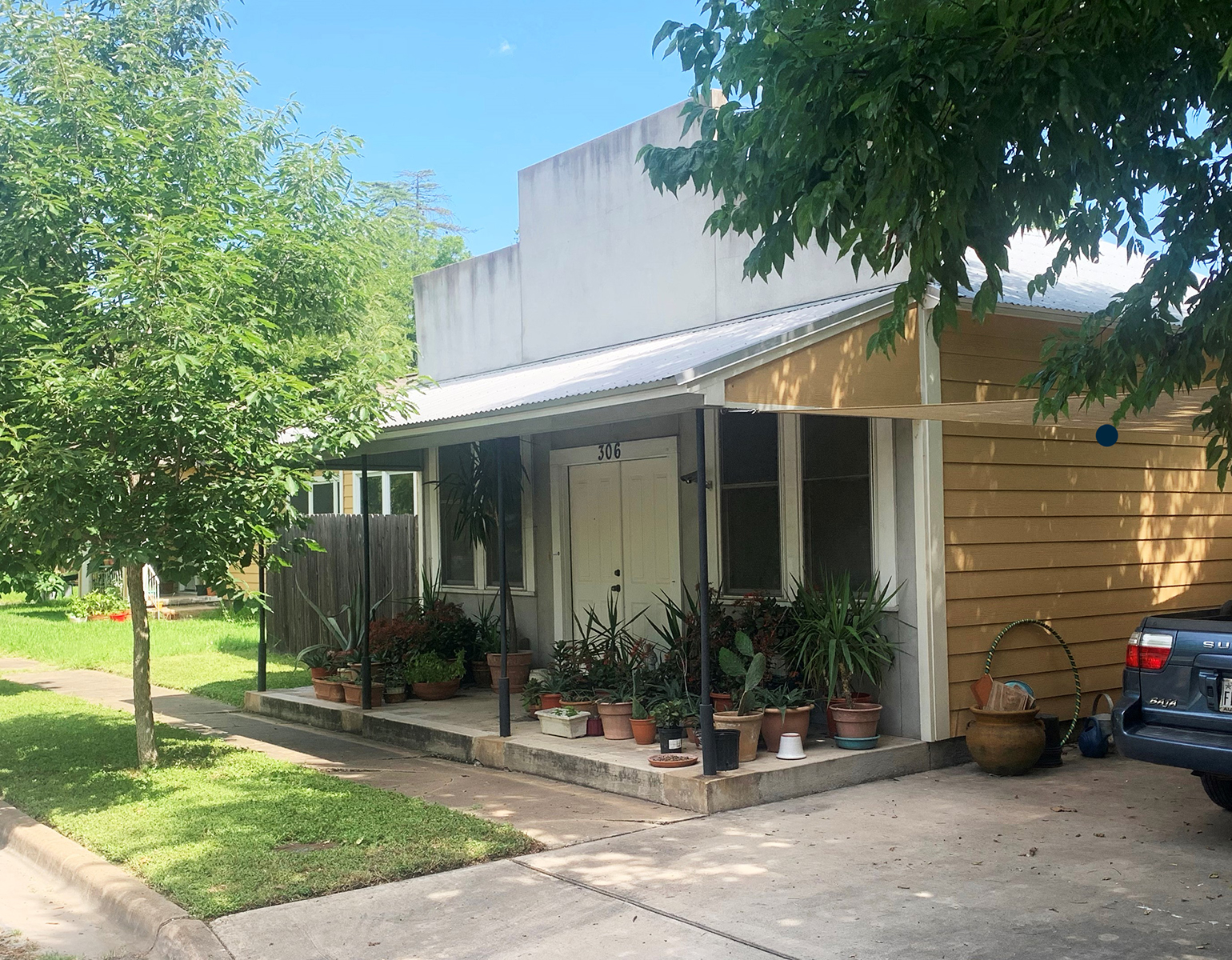
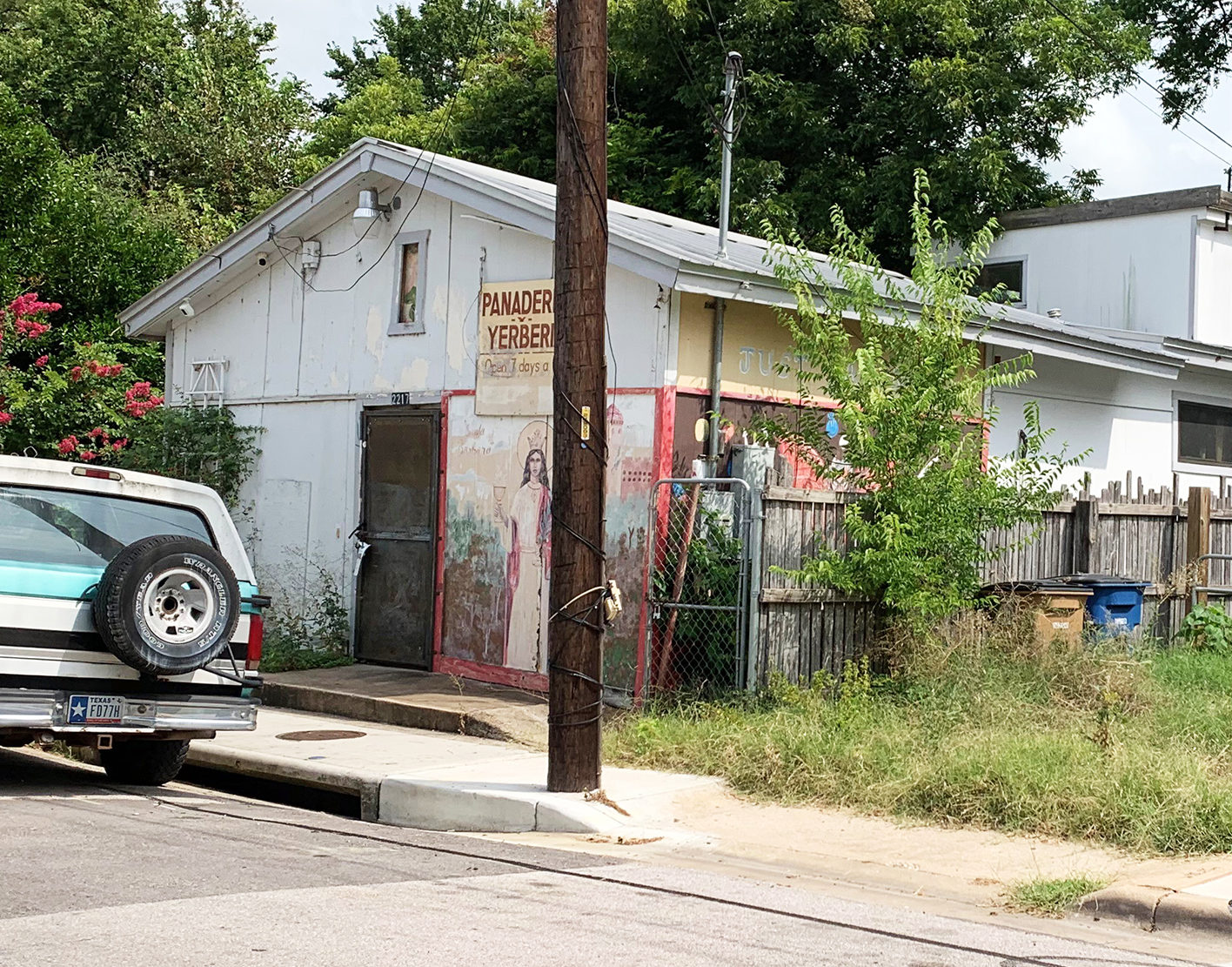
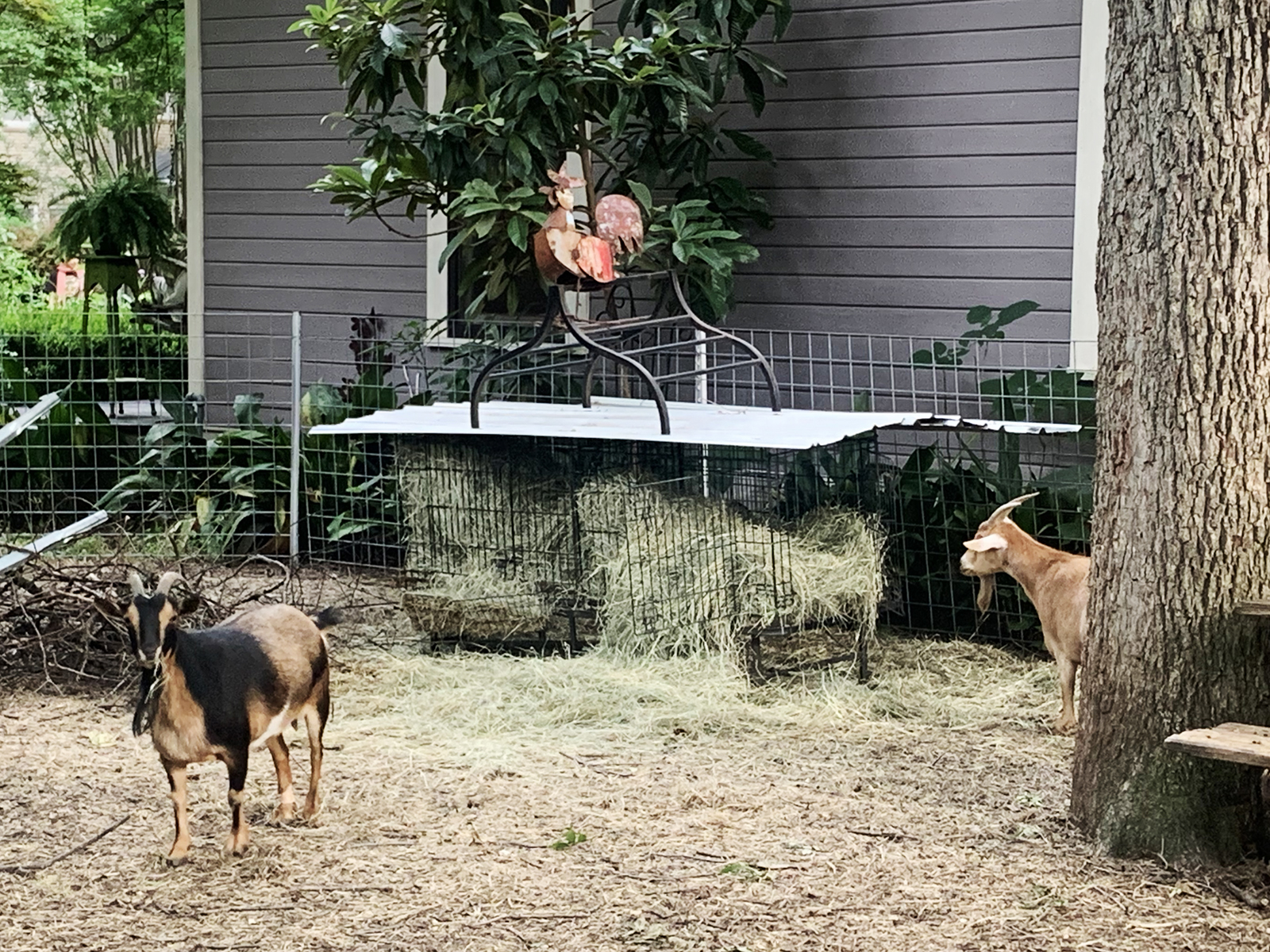
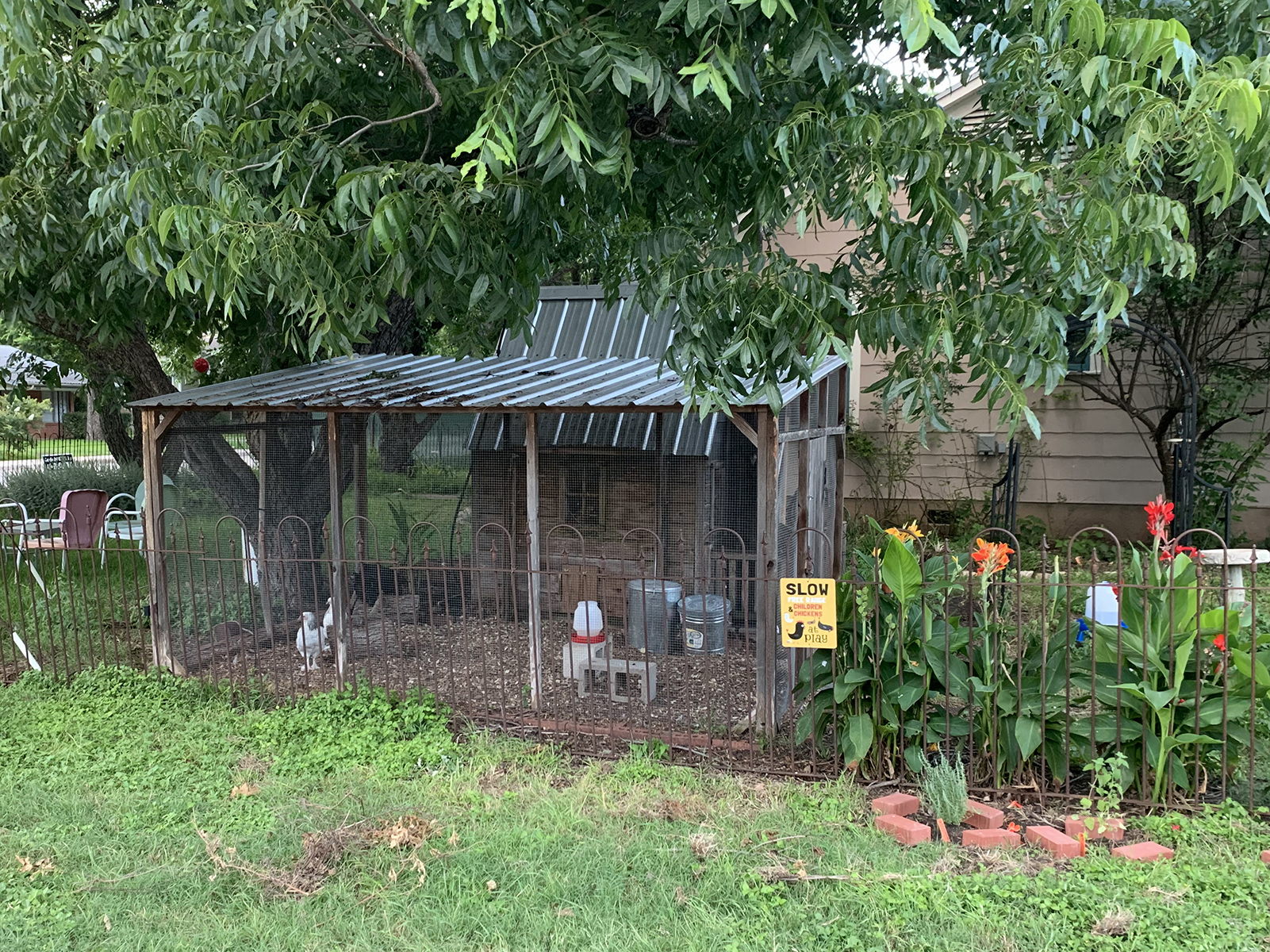
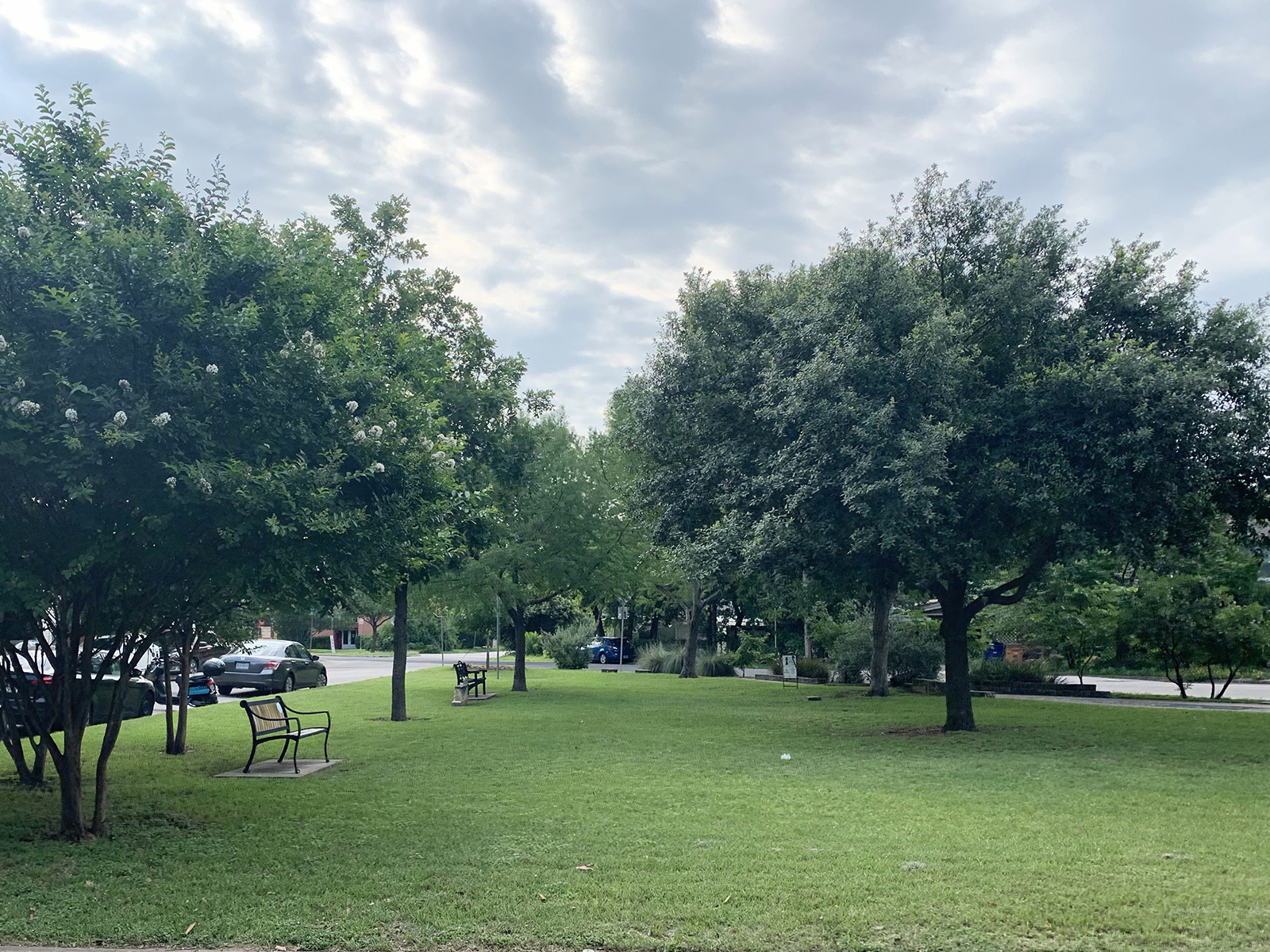
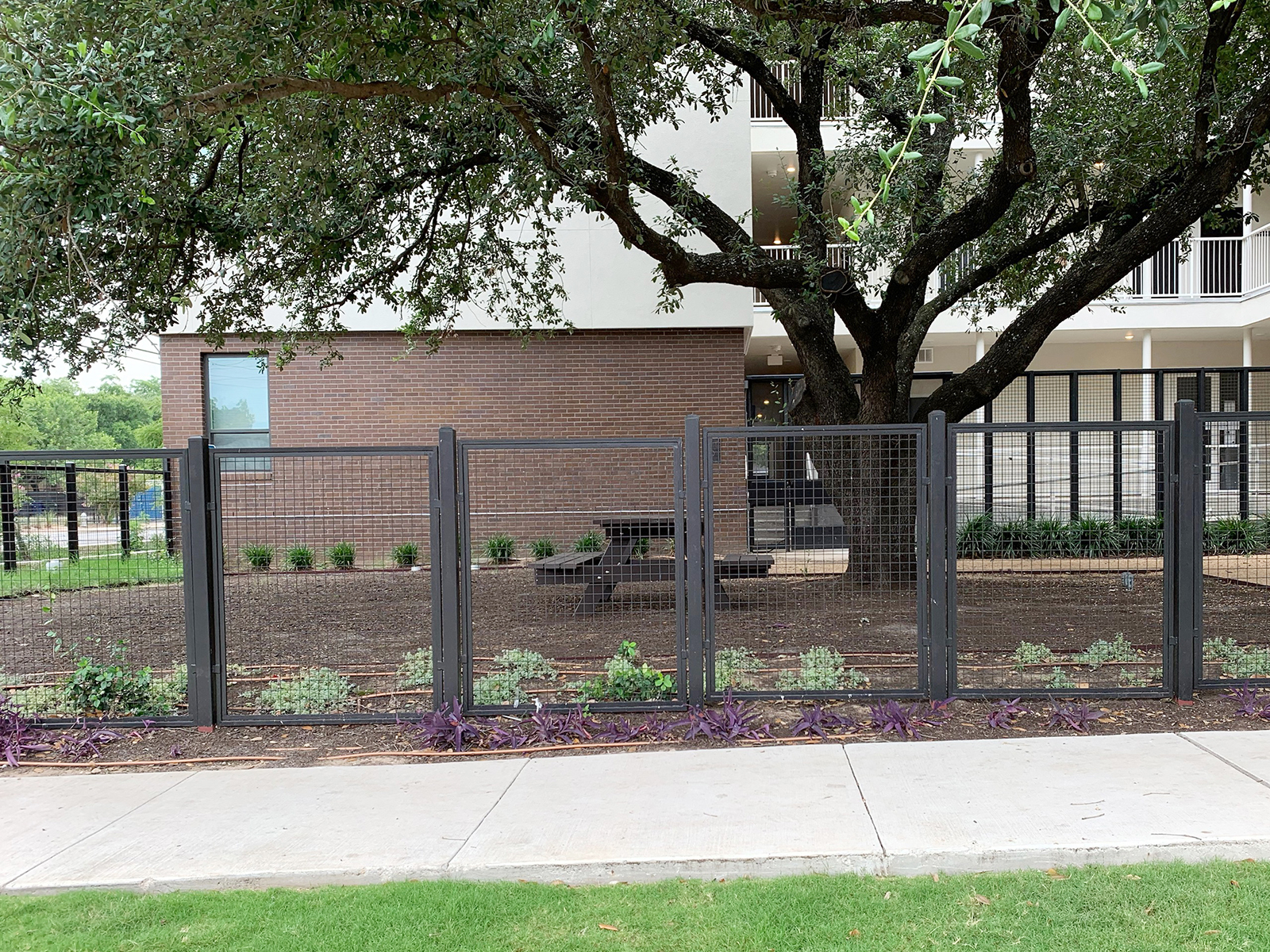
Too right on more social and green infrastructure for our health and wellbeing